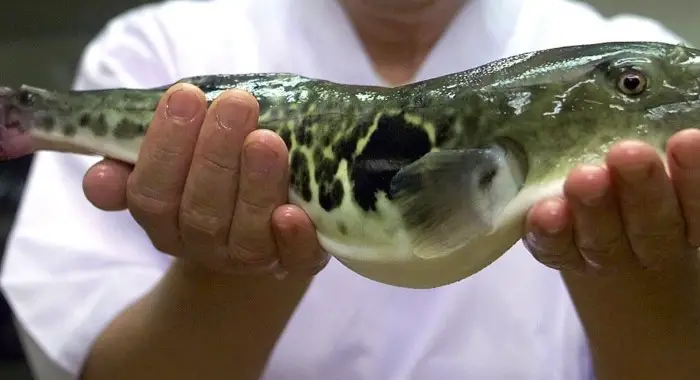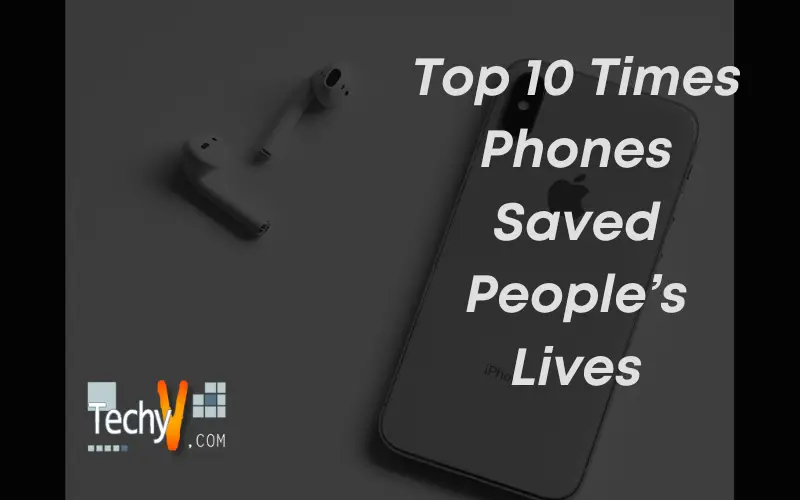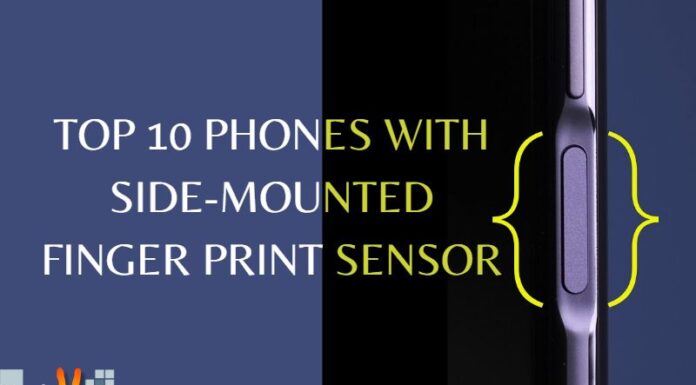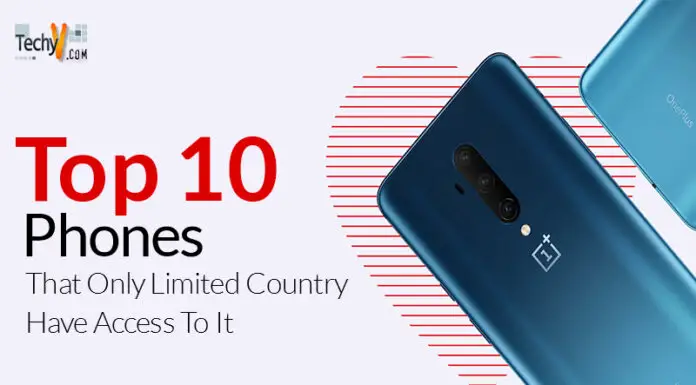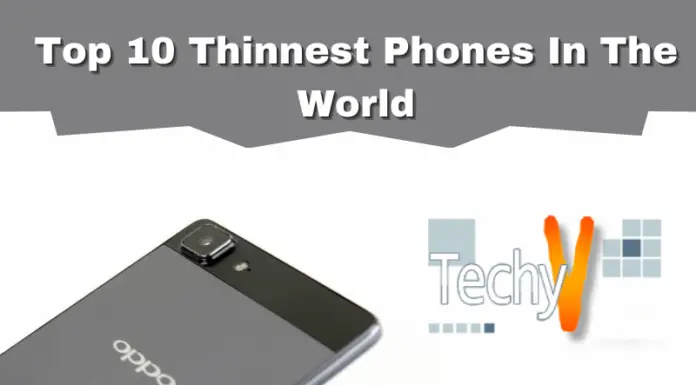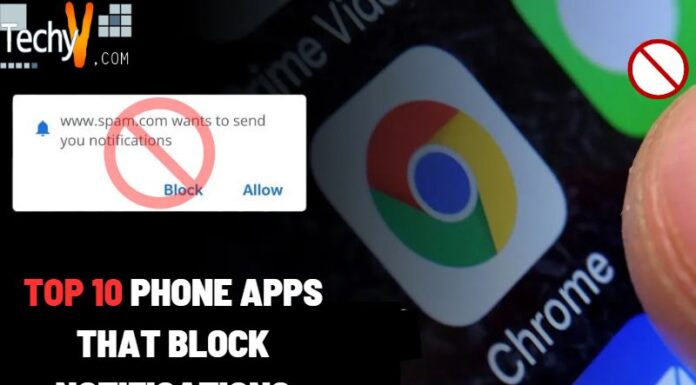The convenience of always having a phone nearby has enabled many, many individuals to receive help when they need it. These stories, however, do not always make headlines. Being able to dial Triple Zero is a lifesaving skill, yet it is now ubiquitous. The stories that do generate headlines, on the other hand, are the unexpected ones. The stories when it wasn’t simply a phone call, but where a mobile device went just a little bit farther in saving a life or carrying out a rescue. Apps, hidden phone calls, large-scale communications, and even physical protection provided by a phone are all mentioned in these stories. Continue reading to learn about 7 extraordinary moments when mobile phones saved lives around the globe.
1. A Kidnapped Woman Escapes Using Her Cell Phone
Being abducted or kidnapped is most people’s worst nightmare. This happened to one woman, but luckily she had her phone with her and was able to think swiftly in an emergency. Shannon Haight, an Oklahoma lady, was stolen from a parking lot near her workplace in 2003. A strange man approached her and asked for directions to a location she’d never heard of. Haight said that she didn’t know and advised the man to seek a security guard. He grabbed her from behind and wrestled her into the boot of his car when she turned her back. Fortunately, Haight still had her purse. She was able to contact her boyfriend’s phone number, Mark, by keeping her head somewhat quiet.
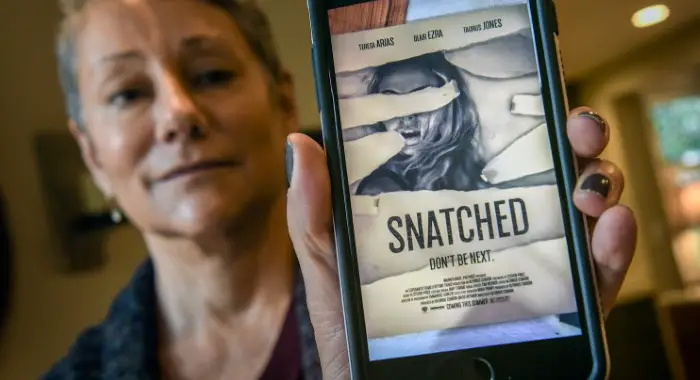
2. A Mobile Phone Deflects A Gunshot
A Florida convenience store clerk narrowly avoided being fatally shot in the chest. A criminal shot at the cashier as he exited the shop after breaking in and demanding money from the clerk. The man would have been shot in the chest if it hadn’t been for his phone, which was tucked into his shirt’s chest pocket. Instead, the phone absorbed the bullet’s impact, preventing it from penetrating the man’s body. The man is still alive because of his cell phone.
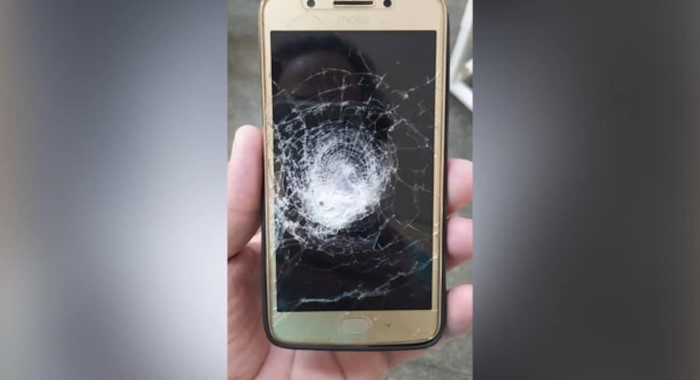
3. Phones Are Still Saving Lives In Timor-Leste
Maternal and infant mortality rates are exceptionally high in Timor-Leste. To deal with this issue, one project has begun employing mobile phones to help make a big difference in the lives of these women—perhaps even saving them. Liga Inan, or “Mobile Moms,” is a program that uses mobile devices to connect pregnant women in rural communities with health professionals. Women who participate in the program receive frequent text messages with crucial prenatal health information as well as advice on caring for newborn babies. A feature allows women to seek a callback from their midwife or another health provider.
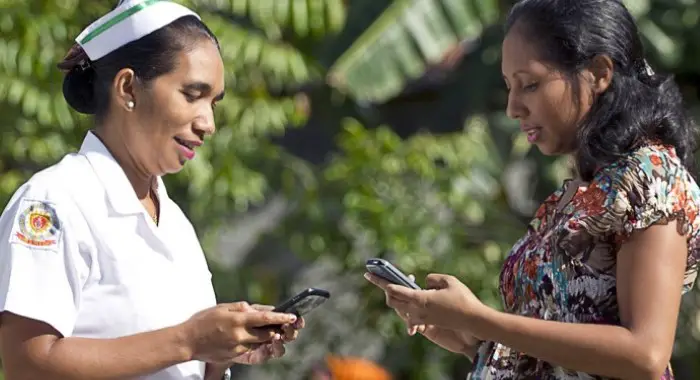
4. In Large-Scale Emergencies, Mobile Phones Come In Handy
In 2010, an earthquake in Haiti claimed the lives of around 160,000 people. Homes were demolished, infrastructure was devastated, and lives were irrevocably altered for those who survived. During the era of rescue and reconstruction, mobile phones became a lifeline. Only two days after the earthquake, the first-ever Emergency Information Agency was launched by a humanitarian news service (EIS). This provided free SMS messages with helpful assistance and a method for users to report their issues. Thousands of individuals utilised the programme to report missing people and food shortages, as well as to share information about shelter issues.
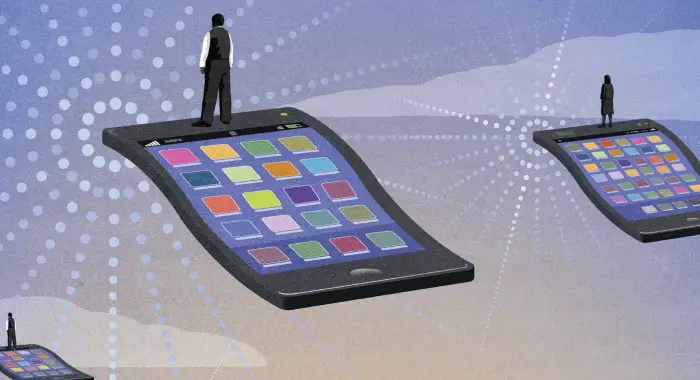
5. An App Assists A Man Who Is Stuck After An Earthquake
Dan Woolley of Colorado was in Haiti with a friend recording a documentary video when the earthquake happened. He was buried beneath the ruins of the Hotel Montana in Port-au-Prince. While confined, Woolley’s iPhone helped to save his life. Woolley had received several injuries as a result of the earthquake, including a complex fracture in one of his legs. He was also suffocating from a head injury. He was well aware that dealing with these challenges may spell the difference between life and death. He remembered that he had downloaded some material from a first aid app on his phone and opened it to look for it.
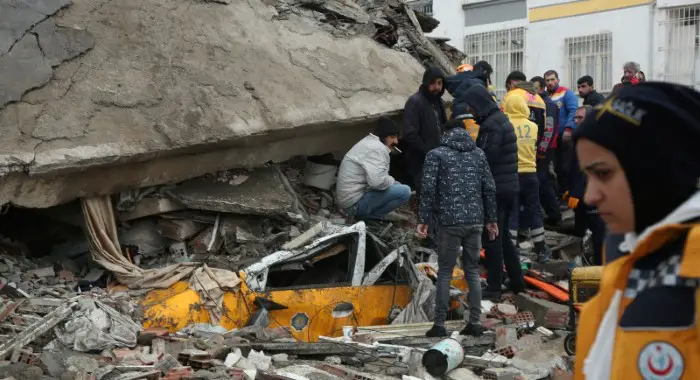
6. Young Child Uses Smartphone To Save Father’s Life
A little child in Virginia, USA, used a smartphone to call for assistance for his father who was having a stroke. The young child, the Molly, was at home with her father when something went wrong. She was only 3 years old. Since her father’s phone was handy, Molly used FaceTime to contact her mother, who was at work. Using the phone’s camera, she showed her mother where her father was lyingg on the ground and informed her that “daddy became sick.” The man was contacted by emergency personnel and taken urgently to the hospital. Doctors were able to remove the brain clot that was obstructing the man’s vital artery and preserve him.
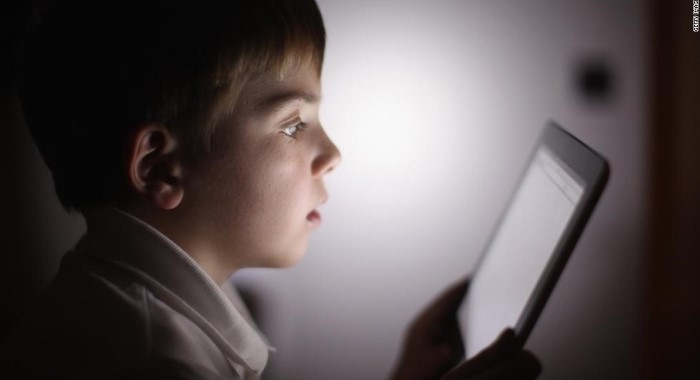
7. Photograph From A Mobile Phone Reveals A Serious Health Condition
In this tale, a toddler’s life was spared. 2015 saw Illinois mother Julie Fitzgerald noticing an oddity in one of her 2-year-old son’s eyes. When Avery looked into a bright light, the odd spots in his left eye could be seen. When Julie looked into this online out of concern, she discovered something that made her uneasy. According to a Facebook article she had read, a flash-taken picture could indicate eye cancer. The eye’s pupil would appear white in the flash. With a sinking sensation in her stomach about what she may see, Julie grabbed her phone to take a photo.
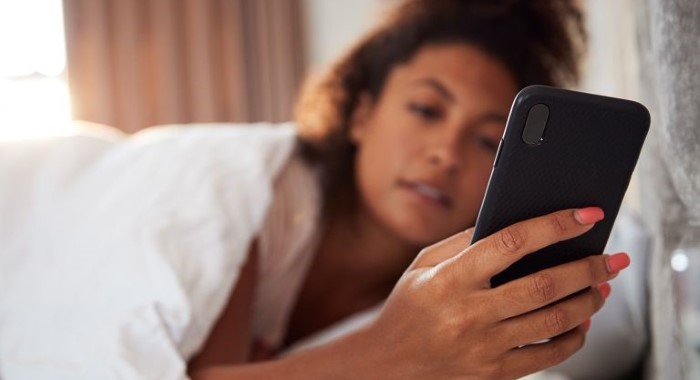
8. Tweet For Assistance
Leigh Fazzina, 36, was competing in a triathlon when she took a wrong turn and ended up alone in a 300-acre wood. Her front wheel struck a tree as she tried to get back to the group, causing her to crash. Fazzina was unable to move, no one could hear her, and she lacked sufficient service to phone for help. When she had given up all hope, she discovered that Twitter was still functional! She tweeted a request for assistance to her followers. Fazzina was saved a short time later after an ambulance was called.
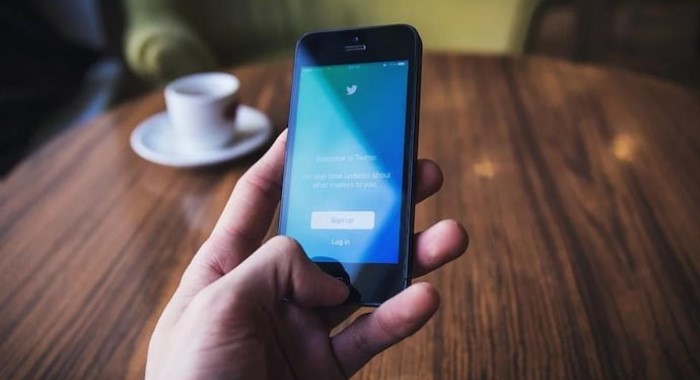
9. Man’s Best Pal
The beagle Belle Weaver discovered her owner lying unconscious on his kitchen floor and went in search of his phone, nibbling on it until it made a 911 call. The barking on the line signalled that someone was in danger, but dispatch was unaware that Kevin Weaver was having a diabetic seizure and struggling for his life. Weaver’s life was saved after assistance was sent.
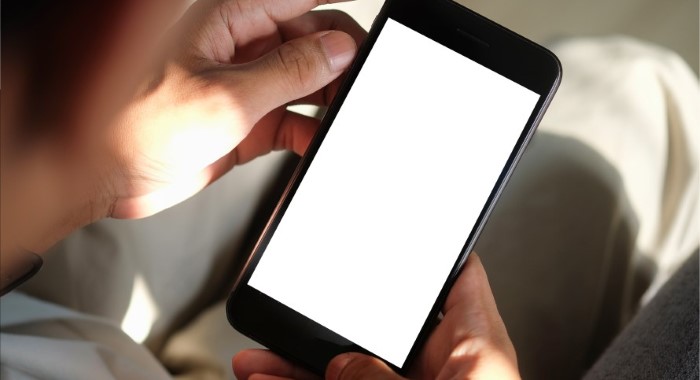
10. Twitter Prevents Man From Consuming a Toxic Fish
Atto Narathiga, a 20-year-old, shared a picture of a fish that he and his pals captured while fishing in November 2016. Narathiga wrote in the photo’s caption that he was eager to prepare the fish and eat it with soy sauce. Narathiga was unaware that he had caught a scribbled filefish, which, if improperly prepared, may be extremely toxic. This is due to a toxin called ciguatera that is present in the intestines of scribbled filefish and which, when consumed by people, can induce neurological problems. Fortunately, other Twitter users saw the risk and advised Narathiga not to consume the lethal fish.
